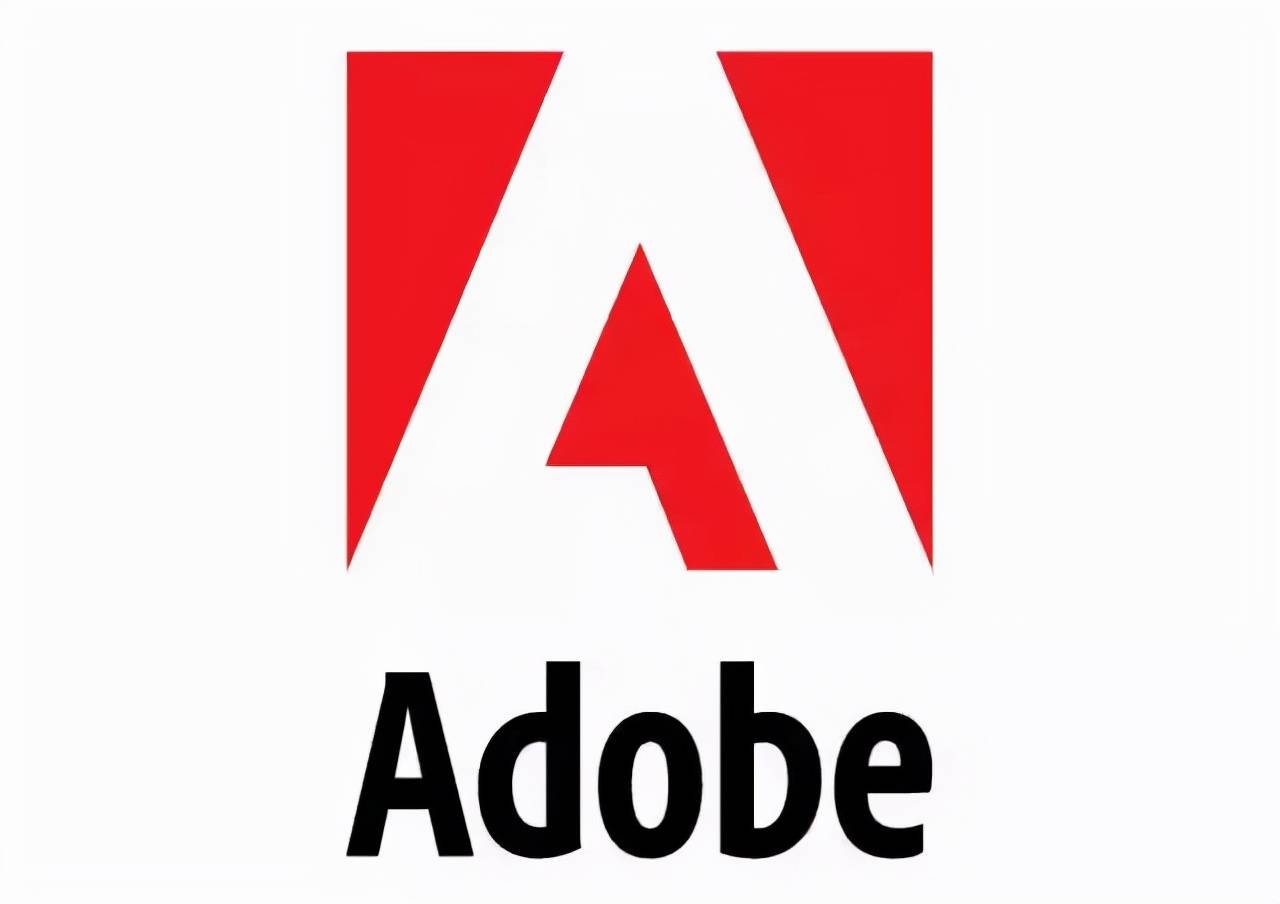AdobeThe company recently began sourcing videos for use in building its AI text-to-video generator, a move to keep pace with competitors after OpenAI demonstrated similar technology.
The software company is understood to be paying its network of photographers and artists to submit videos that involve people performing everyday activities (such as walking) or expressing emotions (including joy and anger), as well as shots of simple anatomical parts such as hands, feet or eyes. The videos will be used to acquire assets for AI training, according to company documents. Over the past year, Adobe has been focused on adding generative AI capabilities to its portfolio of software for creative professionals, including Photoshop and Illustrator. The company has released tools for generating images and illustrations using text, which have been used billions of times to date.

However, after OpenAI demonstrated its video-generation model, Sora, investors have renewed concerns that the company's longtime leadership in creative software could be affected by the new technology.Adobe said it is working on the video-generation technology and plans to discuss more about it later this year. The company is asking for more than 100 short video clips of people doing activities and showing emotions, as well as videos of people "interacting" with things like smartphones or fitness equipment. It warns against copyrighted material, nudity or other "offensive content". Payment for video submissions averages about $2.62 per minute, thoughHighestUp to about $7.25 per minute.
Asked for comment, an Adobe spokesperson pointed to previous statements by company executives that the company is working on video generation capabilities. The list highlights the massive amounts of data needed to build the AI models that underpin popular content creation products such as ChatGPT. there has been much debate and controversy about the source of the data.
Mira Murati, OpenAI's chief technology officer, said in a viral video interview with the Wall Street Journal last month that she wasn't sure if Sora was trained using user-generated videos from Google's YouTube, and Meta Platforms Inc.'s Facebook and Instagram. .